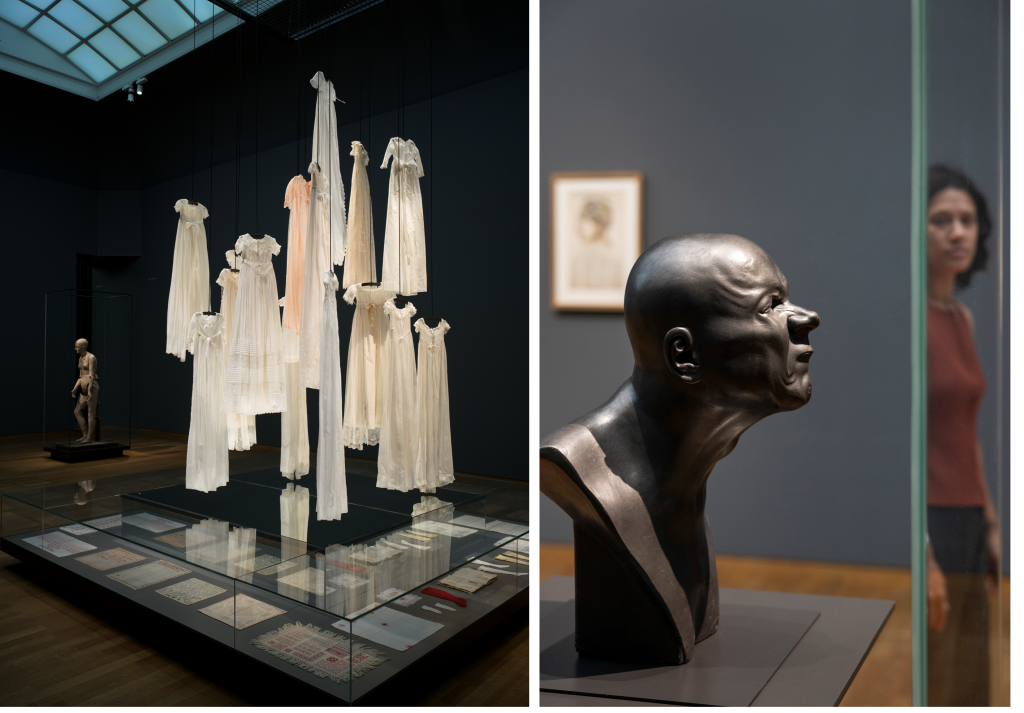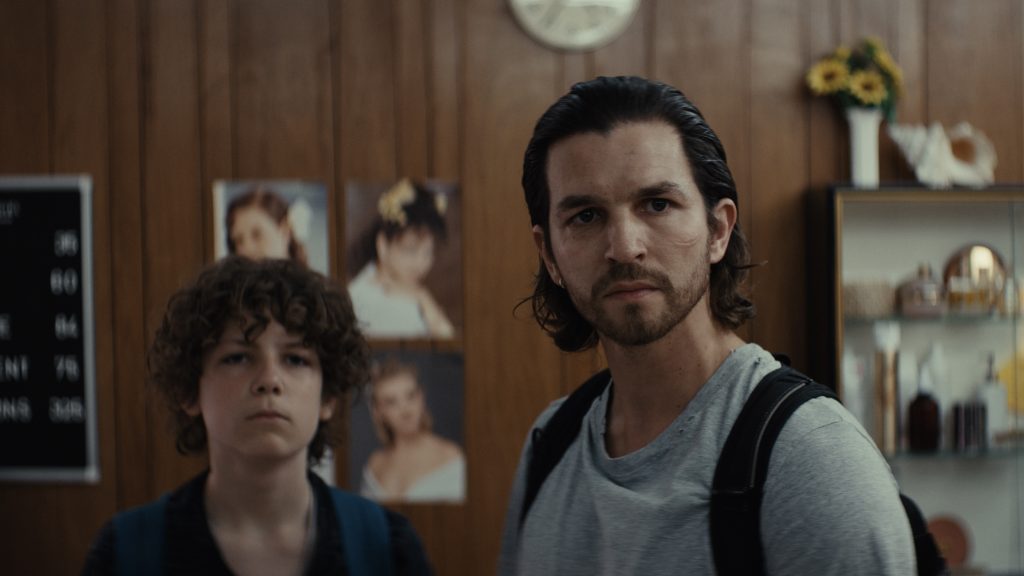Scoop 7: July 24, 2025
In this edition, a beautiful exhibition at the Rijksmuseum in Amsterdam about artists’ views on mental illness and a film about the problems of a deaf boy.
Here you can find the PDF of this edition.
Comments, questions, tips, criticism, and praise can be sent to: scoop0329@gmail.com
Exhibition
Fiona Tan: Monomania
Rijksmuseum Amsterdam, July 4 to September 14, 2025

Room images of Fiona Tan: Monomania (Photo: Rijksmuseum/Albertine Dijkema)
How artists depict mental illness
Mental illness remains an elusive concept to this day. Doctors have been trying to explain it since the dawn of psychiatry, while artists seek to understand the experience of mental illness in their own way. The Rijksmuseum reflects this distinction. Fiona Tan was given free rein to draw from the rich collection, bringing out objects that never see the light of day, although most of them will be of interest to enthusiasts in Monomania.
The exhibition does not consist solely of the museum’s own collection. A few crucial works are on loan, such as Théodore Géricault’s Portrait of a Kleptomaniac (c. 1820-1824). This painting, one of the five so-called Monomaniacs, forms the starting point for the exhibition. The man depicted is said to represent a patient with monomania, a diagnosis introduced around 1819 by the French physician Jean-Etienne Esquirol to describe an unhealthy obsession with a specific thing: in this case, a man obsessed with stealing. Although this diagnosis quickly fell into disuse, it was illustrative of the beginnings of psychiatry, namely the realization that people could be mentally ill without this being visible and could otherwise function normally.
Tan is fascinated by the question of what mental illness actually is and how it was viewed. Her quest is presented in austere, dark, and thematically decorated rooms, using all kinds of objects, from photographs from hospital archives to prints by Francisco Goya and Edvard Munch, and from lace to furniture. A free booklet contains texts by Tan in which she guides us through the history of psychiatry with her own perspective – fortunately without the ambition to provide a thorough historical overview.
The exhibition raises the question of whether we are seeing the work of a guest curator or walking through an artist’s installation: the design is not by Tan, which suggests the former, but the choice of objects and their composition point to the latter.
This ambiguity may well be intentional.
The artist’s eye produces successful combinations, such as the transition from room 2, with small photos of subdued patients, to room 3, full of expressive heads, culminating in three images by Franz Xaver Messerschmidt. In room 3, the madness seems to burst forth, but what we see here are studies of the emotions played by ‘normal’ people. Here and there, perhaps a little too much is asked of the viewer’s associative goodwill. In room 5, we enter the fictional salon of a baroness. For Tan, she symbolizes the unhappy, wealthy woman “with such a sad expression” who is “trapped in the straitjacket of her social existence.” Projection comes into play here, because wasn’t this gaze typical of portraits at the time? In the oppressive, intriguing video installation Janine’s Room, which Tan created especially for the exhibition, her search takes shape in a more contemporary image of mental illness and the question of where the boundaries lie.
As a visitor, you are constantly reminded that these “lunatics” were above all human beings who may have been wronged by being locked up, photographed without their consent, and by not really wanting to understand them. And with a mirror here and there, we are also made aware that we too are vulnerable, that such a fate could befall us as well.
Laura Prins
Film
Milano
Now showing in theaters

Rebellious, deaf teenager
Alain is raising his deaf teenage son Milano on his own.
He is a man of good will and wants very much to be a good father, even though he has his shortcomings, apparently because he himself grew up in an unsafe environment. This makes the relationship between father and son difficult, and it comes under further pressure when Milano clings to his desire to see his mother, who has unexpectedly reappeared. She ran away when Milano was a baby and has her own problems.
Milano only uses sign language to communicate. His refusal to learn to speak can be seen as an act of protest. When things go wrong or when it all becomes too much for him, he simply switches off his cochlear implant (CI). The film Milano then falls silent, except for some music. This is not entirely “made up”: in preparation, director Christina Vandekerckhove visited a school for deaf and hard-of-hearing children, where she saw how all the children turn off their CIs as soon as recess begins. They find the unfiltered sounds that a CI lets through difficult and tiring.
With this feature film debut, Vandekerckhove does not stylistically deny her roots as a documentary filmmaker. Nevertheless, she has definitely made a ‘real’ feature film with Milano, if only because of the convincing characters and the way she colors moods and emotions by having the wind blow and rain fall at regular intervals. In her own words, her film is not necessarily about a child who is deaf, but about a child who is different. Vandekerckhove: ‘Children from very unstable home situations go looking for something they can control. Milano’s father is never at home. There is very little in which that young child has had a say. So he decides: ‘I’m not going to talk’. Because the world demands it of him, but he doesn’t want to.’
Her lead actor, Basil Wheatley, is deaf, just like his parents. In the film, he wears cochlear implants, but not in real life. So he had to learn everything by heart, because he can’t hear what’s going on around him. Basil and Christina Vandekerckhove therefore spent over a year working on the script, until Basil knew what was happening in every scene and how it all fit together.
The ending of Milano should not be revealed here, but it is the subject of some debate: isn’t it too intense? A small hint: the viewer suddenly remembers that the wealthy woman who long offered Milano a kind of refuge when he was mentally troubled remarked how he swam “like a dog.” That ending is, however, beautifully shot and edited, thanks in part to two atypical chase scenes and the use of a drone. There are even a few moments of—excuse the expression—deafening silence.
Henk Maassen